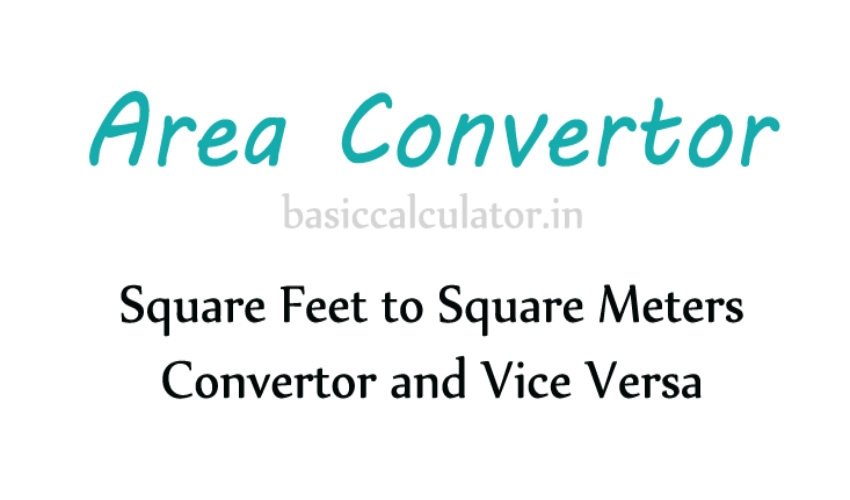Light Year to Km Converter: Need to convert light years to kilometers or kilometers to light years? Learn more about light years and kilometers, how to convert between the two, and get accurate results with our online converter.
Convert Light Year and Kilometer
Are you curious about the distance between objects in space?
Use of Light Year to KM Converter: We designed Convert Light Year to KM Tool very simply to understand how to calculate and convert values of the area.
- Simple Input a values that you want to convert (e.g. 5 Light Year or 500000 Km).
- Select Value that you want to convert. E.g. Light Year or Km
- Click on the “Convert” button to see result.
Light Year Definition: “One light year is the distance that light travels in one year in a vacuum. The speed of light in a vacuum is approximately 299,792,458 meters per second.”
To convert 1 Light Year to Km (Kilometer), we can use the following steps: Formula we used To Convert.
1 Light Year = (299,792,458 Meters/Second) * (60 Seconds/Minute) * (60 Minutes/Hour) * (24 Hours/Day) * (365.25 Days/Year)
1 Light Year = 9,460,730,472,580,800 Meters
1 Kilometer (Km) = 1000 meters
After the calculation we get, 1 Light Year = 9,460,730,472,580,800 Meters = 9,460,730,472,580.8 Km
Whether you are a student, astronomer or just curious about the distance between objects in space, our light year to kilometer and kilometer to light year conversion tool is perfect for you.
Try it out today and discover the amazing distances that exist beyond our planet!
Here’s a table that shows the conversion of 0.01, 0.05, 0.1, 0.5, 1, 10, and 100 light years to kilometers and meters:
| Light Years | Kilometers | Meters |
| 0.01 | 94,607,305 | 9.46E+10 |
| 0.05 | 473,036,525 | 4.73E+11 |
| 0.1 | 946,073,051 | 9.46E+11 |
| 0.5 | 4,730,365,255 | 4.73E+12 |
| 1 | 9,460,730,511 | 9.46E+12 |
| 10 | 94,607,305,107 | 9.46E+13 |
| 100 | 946,073,051,070 | 9.46E+14 |
In this table, First Column is light years, the second is in kilometers and the third column is in meters. The values are presented in scientific notation to accommodate the large numbers involved in these conversions.
This table can be a useful reference for anyone working with astronomical distances or trying to visualize the vastness of space.



